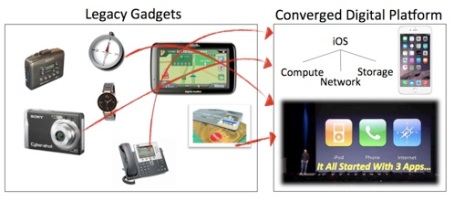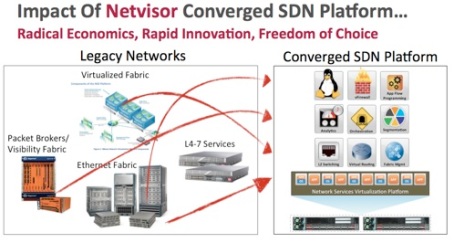Updated Big Switch Labs
Just a quick note to say that Big Switch have updated their demo lab system. This is an entirely virtual lab environment that simulates a Big Switch network. You can try out both Big Cloud Fabric and Big Tap Monitoring Fabric.
The lab gives you full CLI & GUI access to a sandboxed environment, with controllers, leaf/spine switches, and endpoints. Big Switch have written a sample lab you can work through, to show off the features, but you’re not limited there. You’re free to try out whatever features you like.
If you’re interested in what they’re doing, I recommend signing up.





